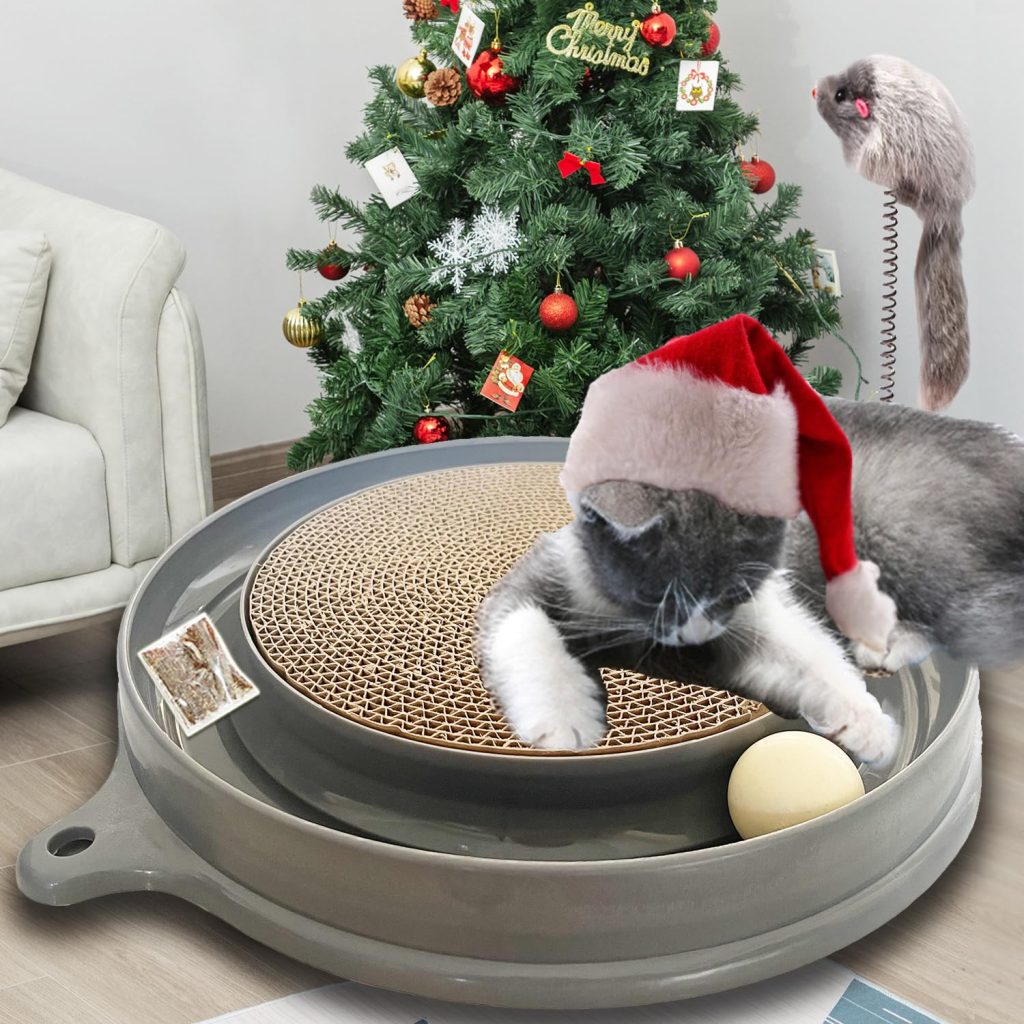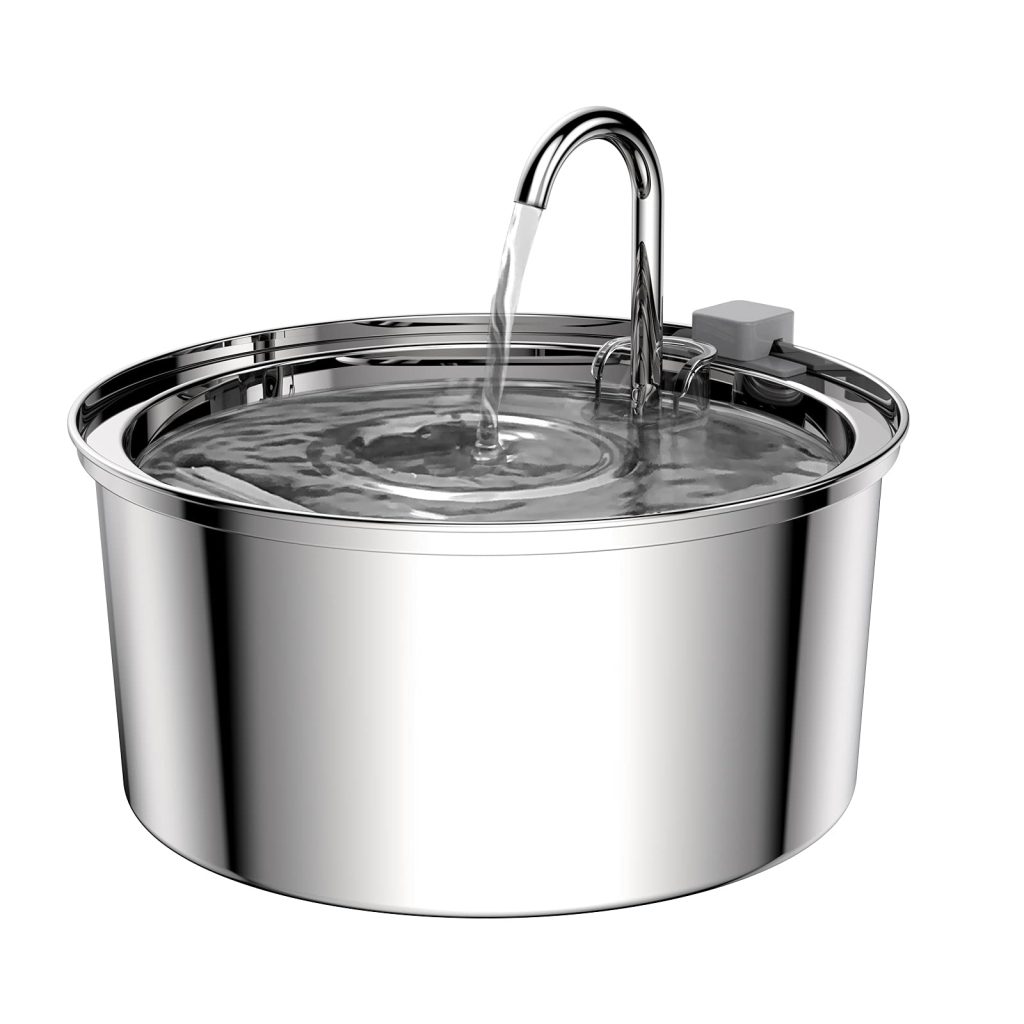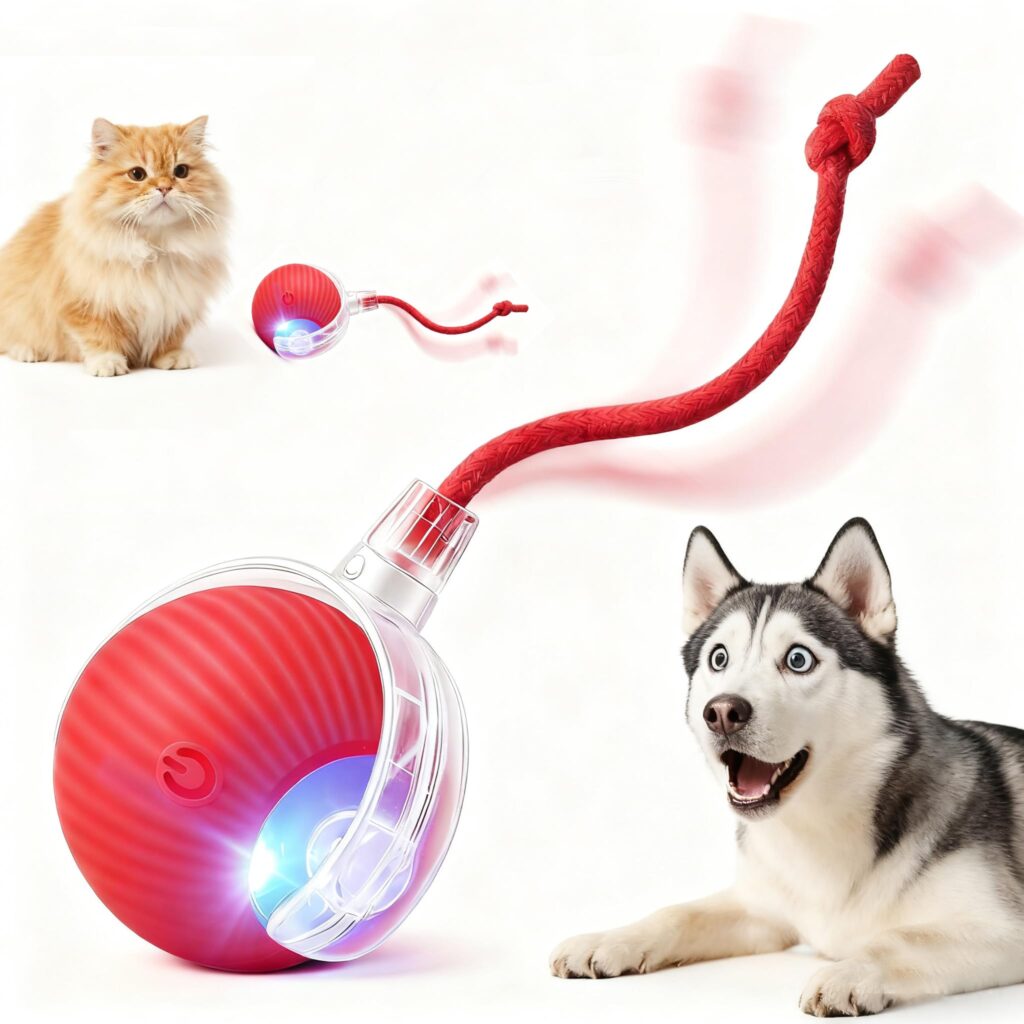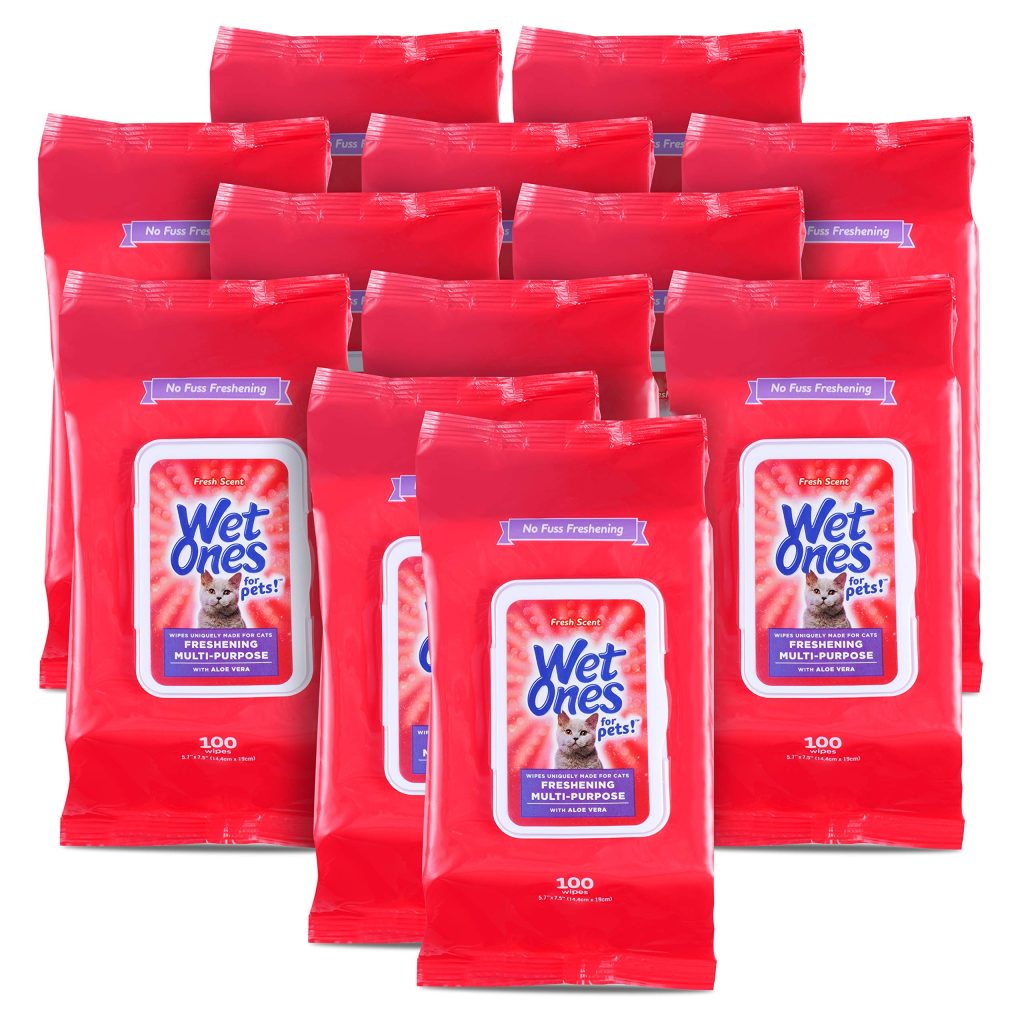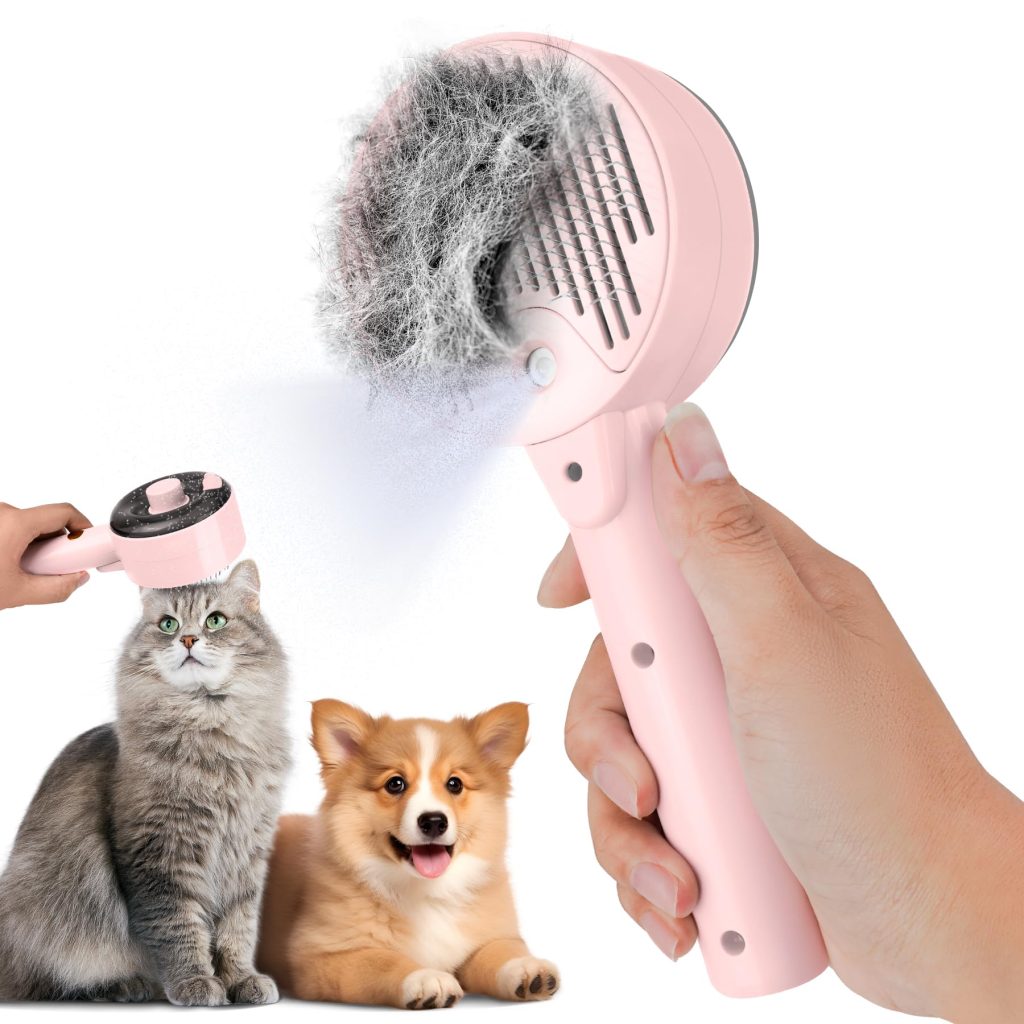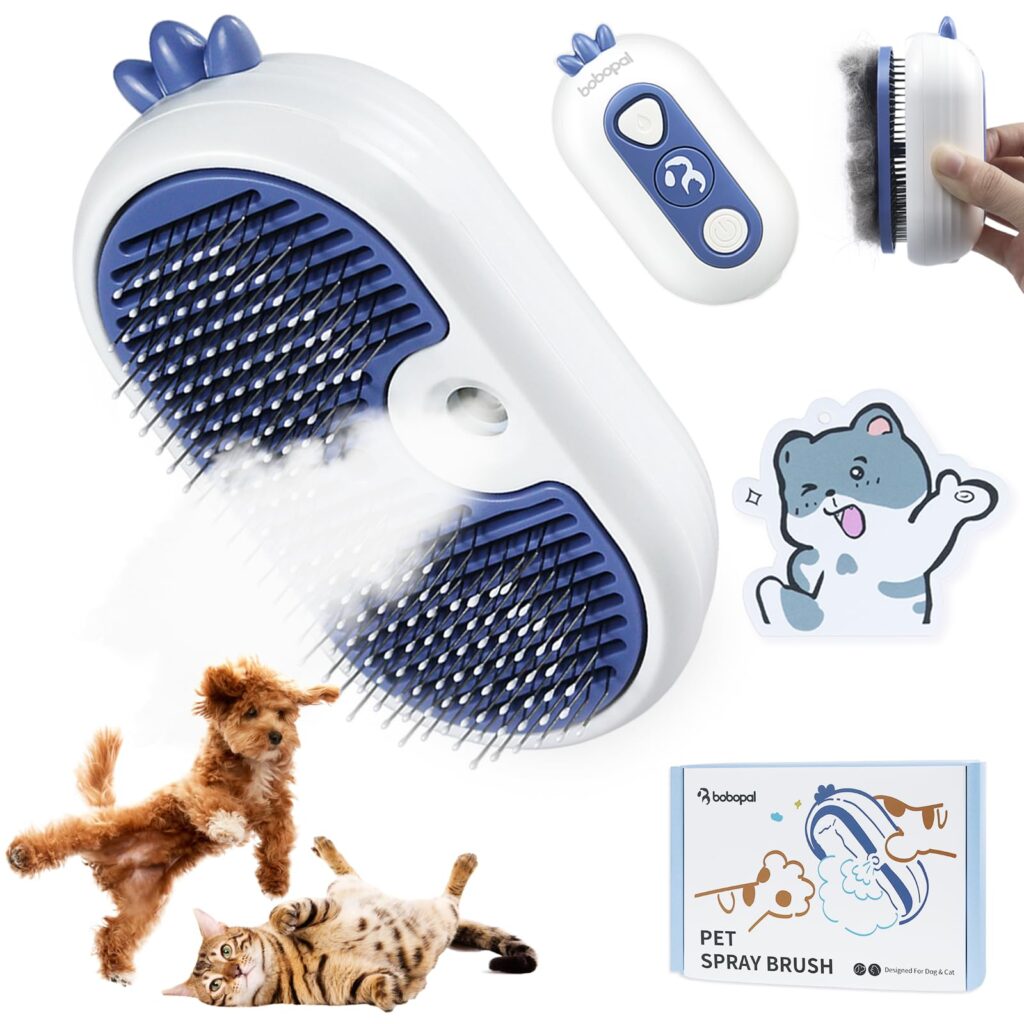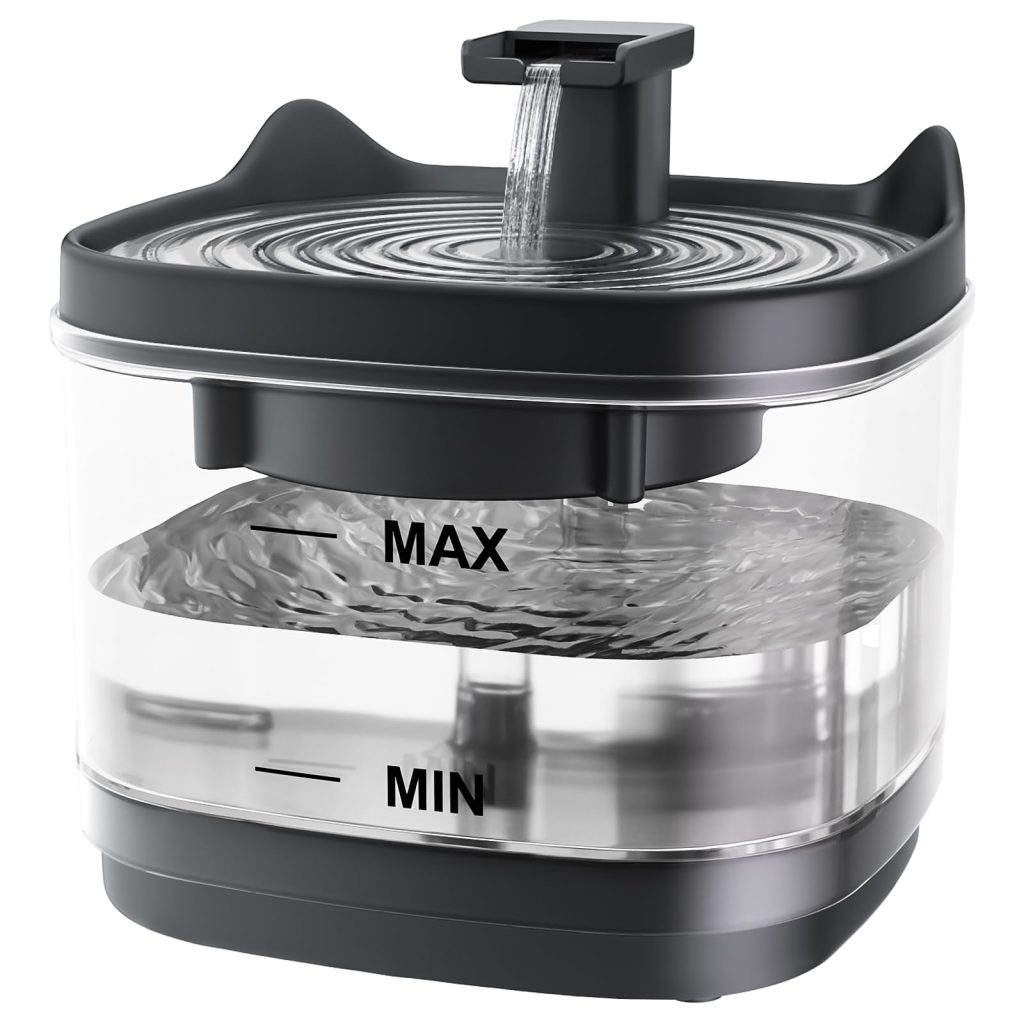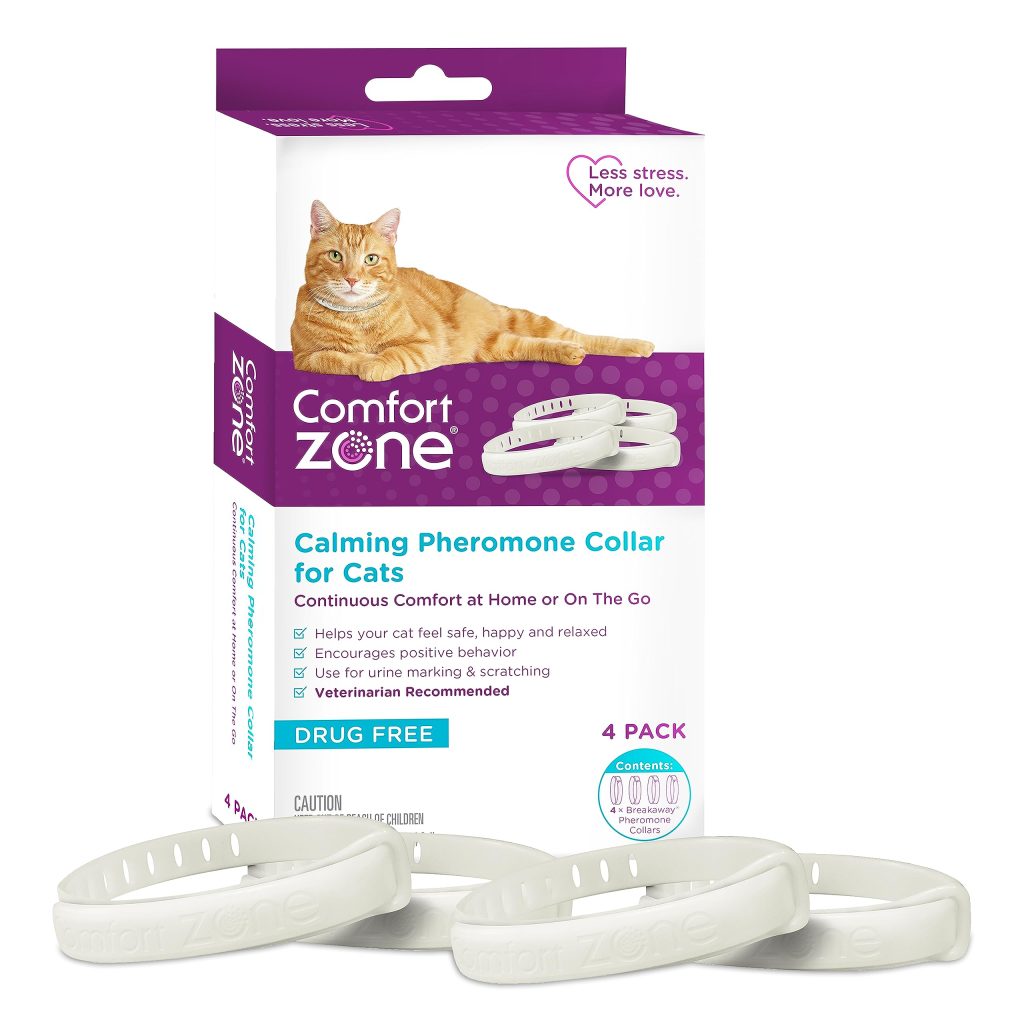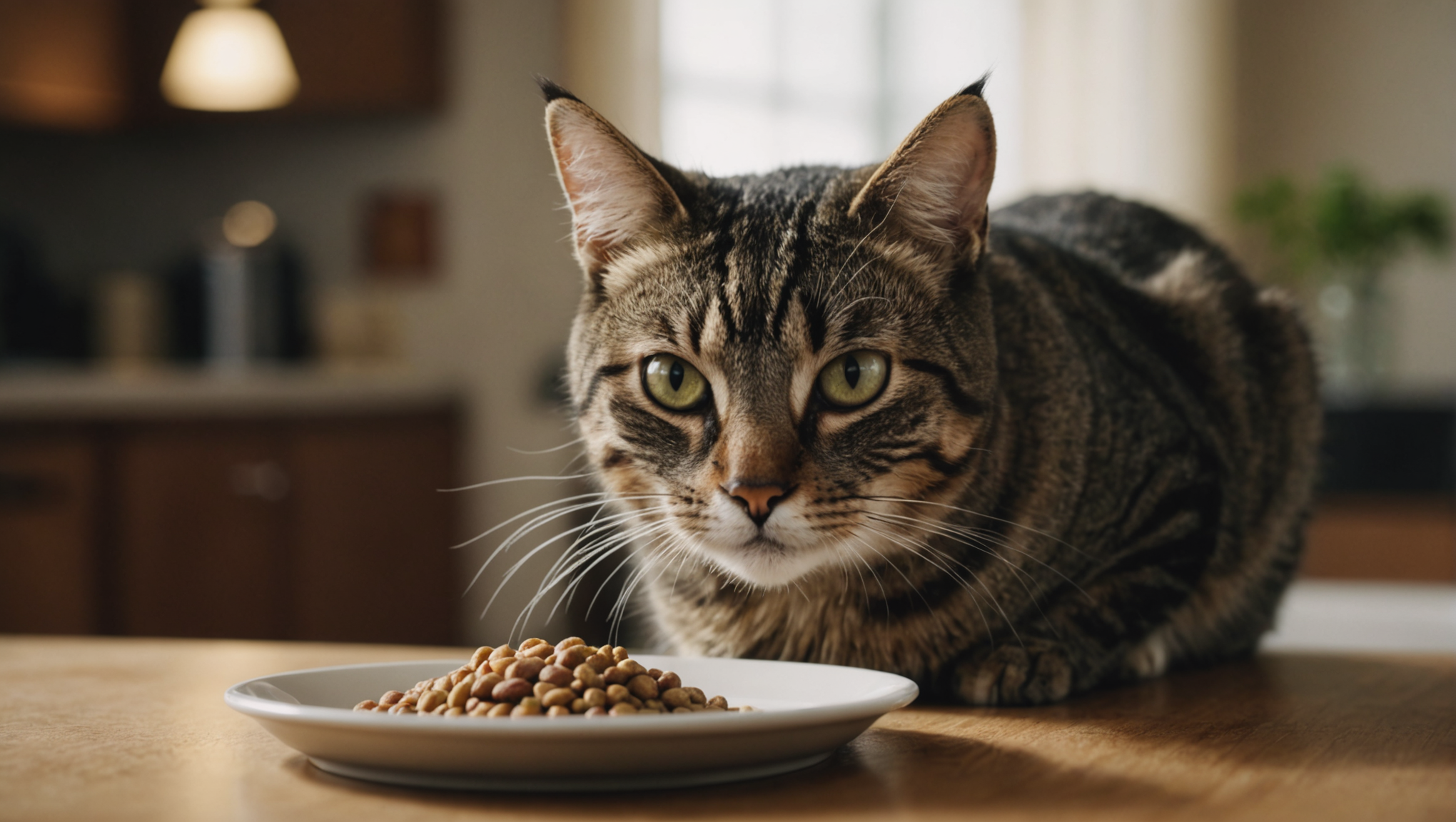
Cat food allergies, while often misunderstood, present a significant hurdle in maintaining feline health and happiness. Unlike food intolerances, which typically involve digestive upset, cat food allergies trigger an immune response that can manifest in a multitude of ways—itching, skin irritations, gastrointestinal disturbances, and even respiratory issues. Surprisingly, the allergens responsible are often proteins found in commonly used ingredients, such as beef, chicken, dairy, and fish.
When a cat’s immune system mistakenly identifies these proteins as threats, it produces immunoglobulin E (IgE), leading to the release of histamines and other inflammatory mediators. This biochemical cascade manifests externally, often resulting in the very distressing symptoms that prompt pet owners to seek intervention. The consequences can be quite severe, as continuous exposure to triggering foods may exacerbate not only the allergic condition but also secondary infections, skin lesions, and chronic discomfort—a trifecta that no loving guardian wishes to see their feline companion endure.
Understanding the significance of food allergies is paramount. For many cats, the source of allergens is not only elusive but also deeply individualized; a food that might be safe for one feline may wreak havoc on another. Therefore, awareness is not merely beneficial; it’s essential for ensuring optimal health. For example, the feline food landscape is rife with proteins that serve as both nutritional sustenance and potential culprits for allergies. Surveying label ingredients and maintaining an inquisitive mindset allows cat owners to tailor their pets’ diets mindfully, advocating for their well-being through informed choices.
The implications of untreated food allergies can reverberate throughout a cat’s overall health and behavior. Chronic discomfort might lead to irritability or withdrawal, effectively changing a vibrant, playful animal into a shadow of its former self. According to the renowned animal behaviorist Jean Donaldson, “Behavior is the tip of the iceberg; underlying conditions, including allergies, might be lurking just beneath.” Thus, the challenge lies not only in identifying the allergen but also in recognizing its impact on the cat’s overall demeanor and quality of life.
A profound understanding of cat food allergies equips guardians with the tools to navigate the complexities of feline nutrition and health. This journey necessitates careful observation, diligent management, and an unwavering commitment to uncovering the underlying causes of any distress, ultimately leading to a better foundation for a thriving, happier cat.
Identifying allergy symptoms
Identifying allergy symptoms in cats can be a multifaceted endeavor, often requiring the keen observational skills of a pet guardian who is attuned to the subtle nuances of their feline companion’s behavior and physical condition. The symptoms associated with food allergies can range widely, presenting themselves in various, sometimes inconspicuous ways. One of the most immediate signs to look for is persistent itching, often manifested through excessive grooming or biting at the skin, which can lead to hair loss and even hot spots—painful lesions resulting from constant irritation.
Furthermore, gastrointestinal issues, such as vomiting and diarrhea, frequently accompany allergic reactions, complicating the clinical picture and prompting cats to exhibit signs of discomfort. The characteristics of these digestive disturbances may vary; some cats may vomit sporadically, while others might endure a chronic state of gastrointestinal upset, leaving their guardians perplexed and distressed. It’s imperative to recognize that such symptoms do not merely arise from transient digestive sensitivities but may signal a deeper underlying issue associated with food allergies.
Skin reactions are another outward manifestation of food allergies that should not be overlooked. Inflammatory responses may lead to dermatitis, causing rashes, redness, or flakiness that could further create an urge to scratch and groom excessively. An observant pet owner might notice their cat exhibiting a change in coat quality, with fur appearing dull or unkempt, which can often be attributed to the cat’s attempts to alleviate the discomfort caused by allergens. Addressing these symptoms requires not only recognition but also a proactive approach, as chronic skin conditions can lead to secondary infections, further compromising a cat’s health.
Additionally, behavioral changes can serve as critical indicators of an underlying allergic condition. Cats suffering from food allergies may exhibit heightened irritability or lethargy, as the constant sensation of discomfort takes a toll on their usual energy levels and playful demeanor. What once was a curious or spirited feline can easily become a withdrawn and apathetic shadow, reflecting the internal struggle they face. In light of this, maintaining a journal of any behavioral changes alongside dietary habits can prove invaluable in painting a comprehensive picture that may assist veterinary professionals in making a timely diagnosis.
The secret to adeptly identifying food allergies in cats lies in the synthesis of these various symptoms—skin irritations, gastrointestinal disturbances, and behavioral alterations—all of which can coalesce to suggest an underlying sensitivity to food. As one navigates the complexities of feline health, it becomes increasingly essential to embrace a holistic understanding of these signs and recognize that they may point towards a broader issue. As Jean Donaldson wisely stated, “A cat’s behavioral changes can signal a plethora of health issues; vigilant guardians translate these signals into actionable insights for their pet’s welfare.” Thus, the responsibility falls upon the guardian not only to identify these symptoms as potential indicators of food allergy but also to seek expert advice to pave the way for a healthier and more joyful life for their beloved feline companion.
Implementing an elimination diet
Implementing an elimination diet represents an important and strategic step in discerning the intricacies of cat food allergies, as it allows for the identification of specific allergens while at once nurturing the cat’s overall health. This process is not merely an exercise in dietary restriction; instead, it serves as a meticulous exploration of your cat’s nutritional sensitivities. By offering a carefully curated selection of ingredients, the elimination diet creates an environment wherein the cat’s immune system can recalibrate itself, which will allow you to better observe any changes in health or behavior.
To embark on this dietary journey, one must initially establish a baseline by selecting a protein source that has not previously been a component of the cat’s diet. Common choices may include rabbit, venison, or even novel protein sources like kangaroo, all of which offer nutritional balance while diverging from conventional selections like chicken or beef, notorious for their allergenic potential. Many commercial pet foods designed for elimination diets are specifically formulated with these novel proteins and carbohydrates that are not widely recognized by the cat’s immune system, serving as a strategic first phase in the process.
During the elimination phase, which typically spans a minimum of eight to twelve weeks, it’s of utmost importance for pet owners to remain disciplined and vigilant. This period necessitates a strict adherence to the chosen diet, ensuring that no other foods, treats, or flavored medications are introduced that could confound the results. This caveat underscores the essence of the elimination diet; inconsistency will not only undermine the efficacy of the approach but may also hinder the potential for identifying the root cause of the allergy. In this regard, pet guardians should be encouraged to read labels meticulously, delving into the often-overlooked details of ingredient lists, as cross-contamination is an ever-present threat in the realm of feline nutrition.
As the weeks progress, one may witness subtle yet powerful transformations in the cat’s health and behavior. Symptomatic improvements—such as a reduction in itching, a revitalization of the coat’s luster, or more regular bowel movements—can serve as encouraging indicators of success. Yet, these changes evoke a sense of curiosity which may inspire guardians to delve deeper into their observations, further affirming the philosophy shared by behaviorist Jean Donaldson: “Every behavior has its roots in the animal’s experience.” Thus, these details become vital in recognizing patterns that may point to specific triggers.
After the elimination phase concludes, the subsequent step is reintroduction, where potential allergens are methodically added back into the diet one at a time. This phase is critical, as it allows for the identification of specific allergens, revealing how the cat’s body responds to formerly eliminated foods. It’s important to introduce each new food over a span of several days, observing changes closely—this includes monitoring not just for physical symptoms but also alterations in behavior and overall temperament. If adverse reactions emerge, the associated food should be omitted, resulting in a clearer picture of the dietary landscape that best supports your cat’s health.
Ultimately, the implementation of an elimination diet is an act of conscientious stewardship, empowering guardians to take an active role in their cat’s well-being. This methodical approach not only safeguards against allergens but promises to imropve the cat’s quality of life, ensuring vibrant health marked by energy and playfulness rather than discomfort. Engaging with the elimination diet is an indispensable commitment to understanding and meeting the unique needs of your feline companion, underscoring the intrinsic bond between care and responsiveness that defines the feline-human relationship.
Choosing the right foods
Choosing the right foods for an elimination diet transcends simple ingredient selection; it is an intricate process that necessitates a keen understanding of feline nutritional needs and sensitivity to potential allergens. Every component of the diet can influence a cat’s health, and the sharp awareness required to tailor these choices can empower pet guardians in their quest for optimizing their cat’s well-being. To support a cat with food allergies, one must prioritize high-quality, biologically appropriate nutrition while deliberately avoiding common allergens that could provoke a detrimental immune response.
When embarking on this journey, it’s essential to ponder not only the protein sources but also the accompanying carbohydrates, fats, vitamins, and minerals that contribute to a balanced diet. Factors such as digestibility and the bioavailability of nutrients become paramount. For example, a novel protein such as venison or rabbit might be unprecedented in a cat’s diet and theoretically lower the risk of allergic reaction, but without appropriate carbohydrate and fat sources to support energy needs, the cat’s overall health could falter. Thus, selecting a food that integrates these essential components while remaining free from well-known allergens is important.
Further, the importance of consulting with a veterinarian or an animal nutritionist cannot be overstated. Their expertise can aid in identifying premium brands that specialize in hypoallergenic diets or even bespoke formulations that align closely with your cat’s unique requirements. Such professionals possess invaluable insights into the complexities of feline nutrition and can provide guidance on the balance of macronutrients, ensuring that the chosen diet is not only safe but also rich in flavors and textures that maintain your cat’s interest and enjoyment during meals.
An additional consideration is the ingredient lists contained within commercial foods. Pet owners should adopt a discerning eye, keen to identify obscure additives and fillers that may compromise the integrity of the elimination diet. For example, while some manufacturers tout “limited ingredient” diets, it’s vital to scrutinize those limited ingredients. Even a seemingly innocuous substance may elicit allergic reactions in sensitized individuals. By ensuring that the cat’s food consists solely of single-source proteins and non-reactive grains or vegetables, guardians can foster an environment that minimizes the risk of allergen exposure.
Moreover, consistency in food preparation is essential. For homemade diets, maintaining careful control over every ingredient is imperative. As such, developing a thorough understanding of safe food preparation techniques becomes a valuable skill for guardians. By using fresh, whole foods while avoiding processed options laden with preservatives, one can create meals that are not only nutritious but also tailor-made for their cat’s needs. Ingredients like pumpkin can offer beneficial fiber to aid digestion, while certain oils, such as fish oil, can provide essential fatty acids that promote skin health—all vital considerations in combating the external manifestations of allergies.
Throughout this dietary endeavor, it is critical to remain vigilant and responsive to changes in your cat’s health. Observational skills will be your most reliable ally; you will need to monitor not only the physical symptoms but also behavioral shifts that could indicate discomfort or improvement. Just as Jean Donaldson articulated, “Understanding what our animals are experiencing when we change their environments or diets is pivotal to fostering their well-being.” Thus, initiating dialogue with your veterinarian about specific changes can catalyze further adjustments to the diet when necessary.
Ultimately, the choice of the right foods within an elimination diet is a nuanced dance, one that demands patience, diligence, and a profound commitment to understanding your cat’s individual needs. Gradually, as you sift through the complexities of feline nutrition, you will uncover the most pleasing and healthful options that not only minimize allergens but also celebrate the remarkable diversity of flavors that maintain your cat’s joy and vitality. By embedding this ethos within the care of your feline companion, you indulge in a shared journey of discovery, enriching your bond through respect for their unique dietary landscape.
Monitoring and adjusting the diet
Monitoring and adjusting the diet is a vital component of successfully managing cat food allergies, as it directly influences the cat’s health and overall quality of life. This phase requires a fine balance of vigilance, patience, and adaptability, enabling a guardian to decipher the ongoing nuances that characterize their feline companion’s dietary response. Adjustments are not merely reactive measures; they reflect a proactive commitment to evolving the care provided based on ongoing observations and insights gleaned from the elimination diet process.
Initially, the importance of detailed records cannot be overstated. Maintaining a food diary that meticulously tracks the cat’s meals alongside any observable changes in symptomatology serves to create a narrative that can illuminate the underlying relationship between diet and health. A thoughtful guardian will note not only the specifics of the diet—protein sources, the inclusion or exclusion of certain ingredients, and the timing of meals—but will also document changes in behavior, energy levels, and even nuances in the cat’s coat and skin condition. Such records serve as invaluable tools in shaping future dietary decisions.
As one progresses through the elimination diet, it’s essential to remain attuned to any fluctuations in your cat’s condition. For instance, improvements such as reduced itching, a shinier coat, or a more stable digestive routine could herald a successful intervention, offering a glimpse into the dietary practices that best support your cat’s unique physiology. Conversely, the emergence of symptoms upon reintroduction of previously eliminated foods must be scrutinized closely. This reciprocal relationship between diet and well-being highlights the need for adaptive management—what works today might require recalibration tomorrow.
The process of adjustment often involves integrating alternative food sources or refining existing recipes to better meet the cat’s evolving needs. For example, if a previously established protein source now appears to provoke a mild allergic reaction, exploring alternative options becomes paramount. Novel proteins such as duck, quail, or even plant-based sources can be introduced judiciously, allowing guardians to navigate the shifting nature of their cat’s tolerance and preference while minimizing the risk of adverse reactions.
In this context, a solid understanding of the idea of rotation diets—which emphasizes cycling through various protein sources—can bolster your strategy. This approach not only enriches the flavor profile of your cat’s meals, preventing boredom, but also mitigates the risk of developing secondary allergies by ensuring that no single ingredient becomes the sole dietary staple for extended periods. Such a strategy hinges, however, on the foundational aspect of careful monitoring, remaining ever aware of the possibility that even seemingly benign ingredients may provoke unexpected reactions.
Equally important is embracing a collaborative relationship with a veterinarian experienced in feline nutrition. Routine check-ins can provide additional layers of insights into the cat’s ongoing health status, facilitating timely adjustments to dietary protocols based on clinical assessments. Veterinary guidance ensures that the dietary adjustments made not only address allergies but are also balanced and nutritionally adequate. Jean Donaldson has poignantly emphasized, “The eyes of the knowledgeable observer can be a cat’s best ally,” reminding us that expertise can illuminate paths that untrained eyes might overlook.
Moreover, guardians should remain alert to the fact that shifting dietary paradigms can occur throughout a cat’s life. Changes in age, health, and even environmental factors may necessitate adjustments in the dietary formulation. For instance, a cat transitioning into senior status may require modifications to their diet to accommodate shifting metabolic needs or joint health considerations, thus providing an opportunity to reassess sensitivities that may not have been evident previously. Behavior changes can signal the need for recalibration, as can alterations in appetite or interest in food. All these factors underscore the importance of a dynamic approach to feline nutrition.
In sum, the journey of monitoring and adjusting a cat’s diet is a nuanced and engaging process that demands both observation and responsiveness from pet guardians. An unwavering commitment to addressing and fine-tuning dietary choices fosters an environment where the cat can flourish, expressing their natural curiosity and playfulness without the weight of discomfort or distress. It embodies a partnership steeped in understanding and respect, where a cat’s health and happiness take center stage, making every meal not just a necessity, but a carefully curated part of a life well lived.
